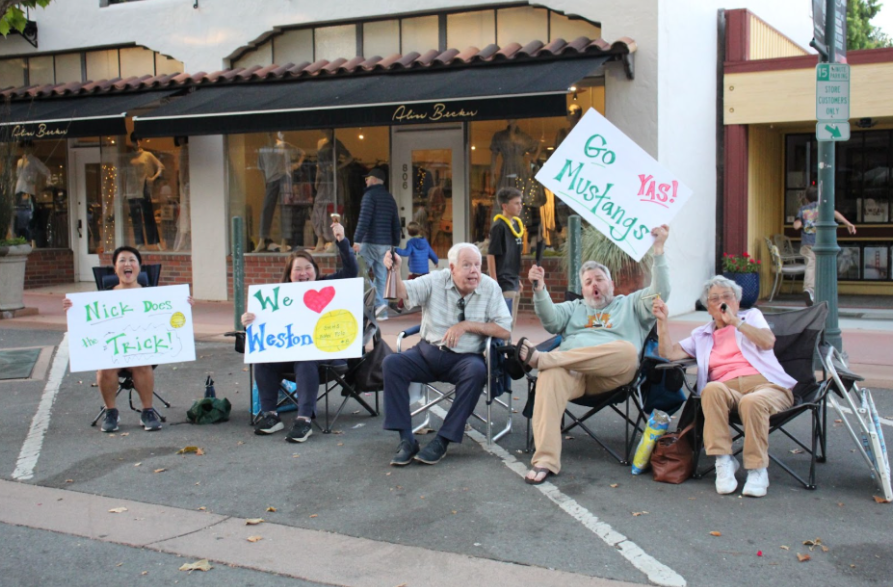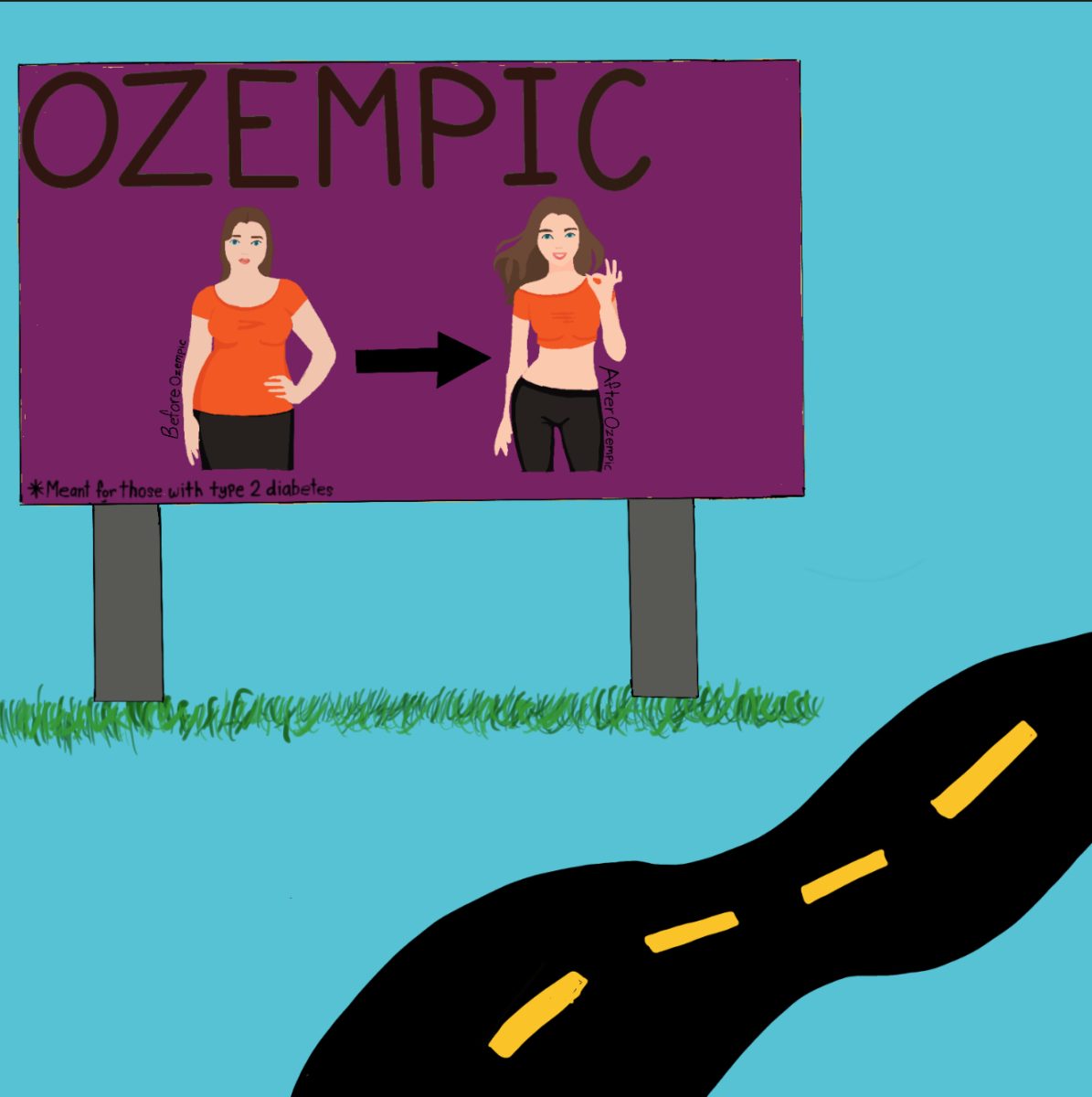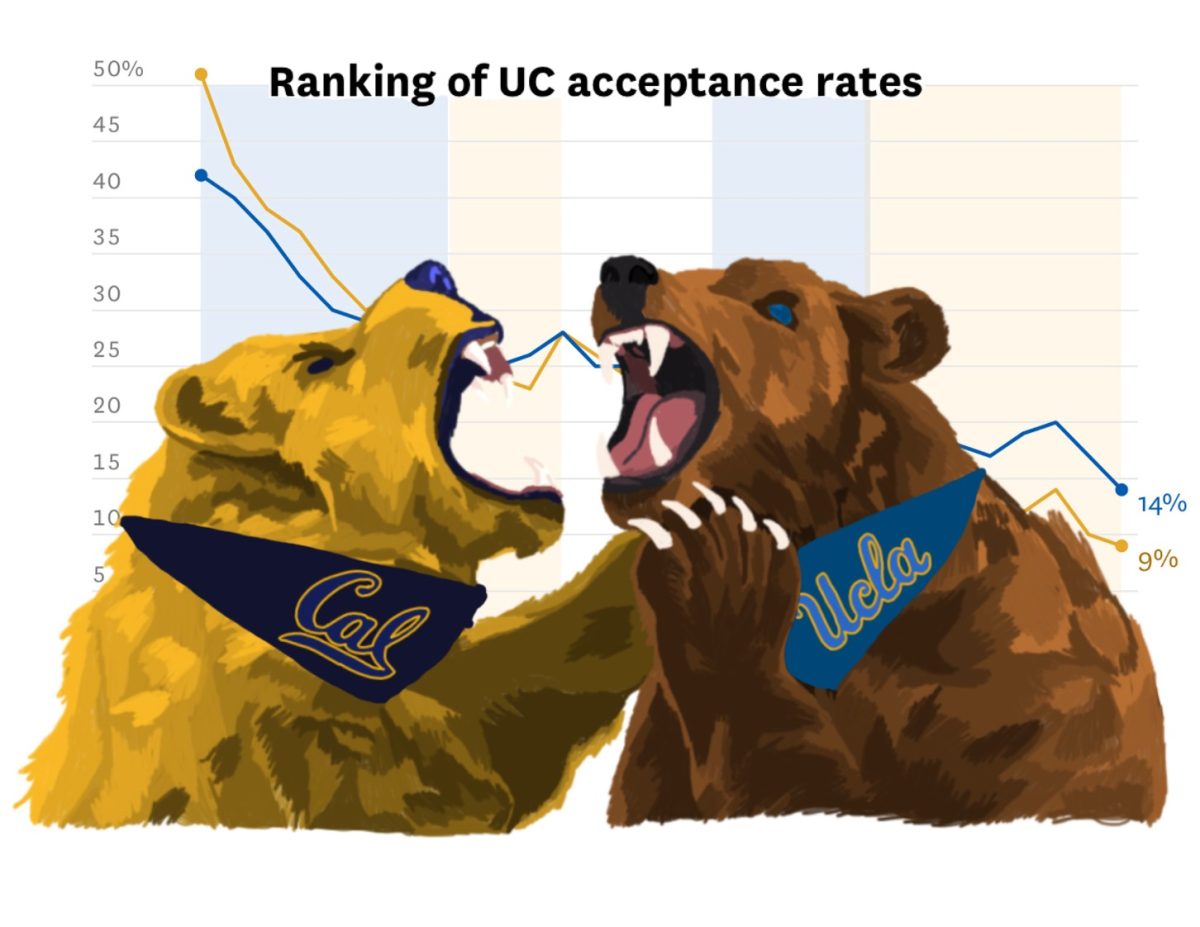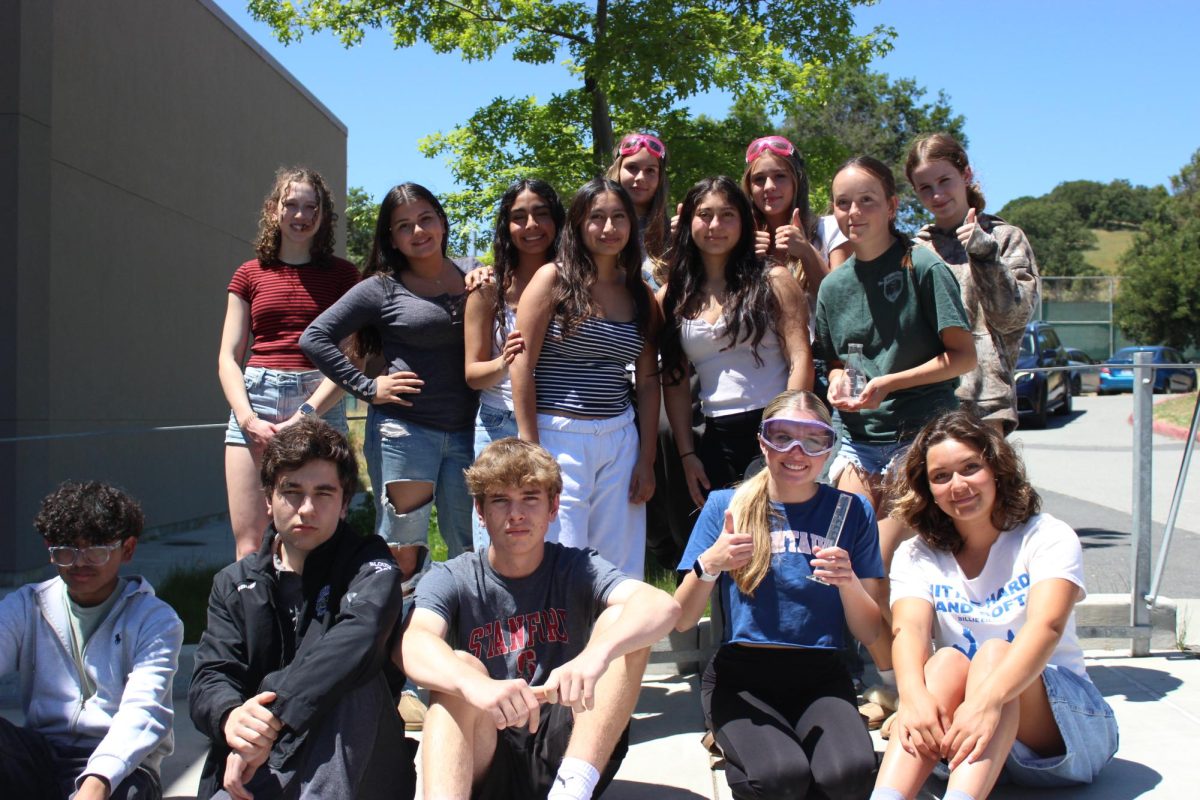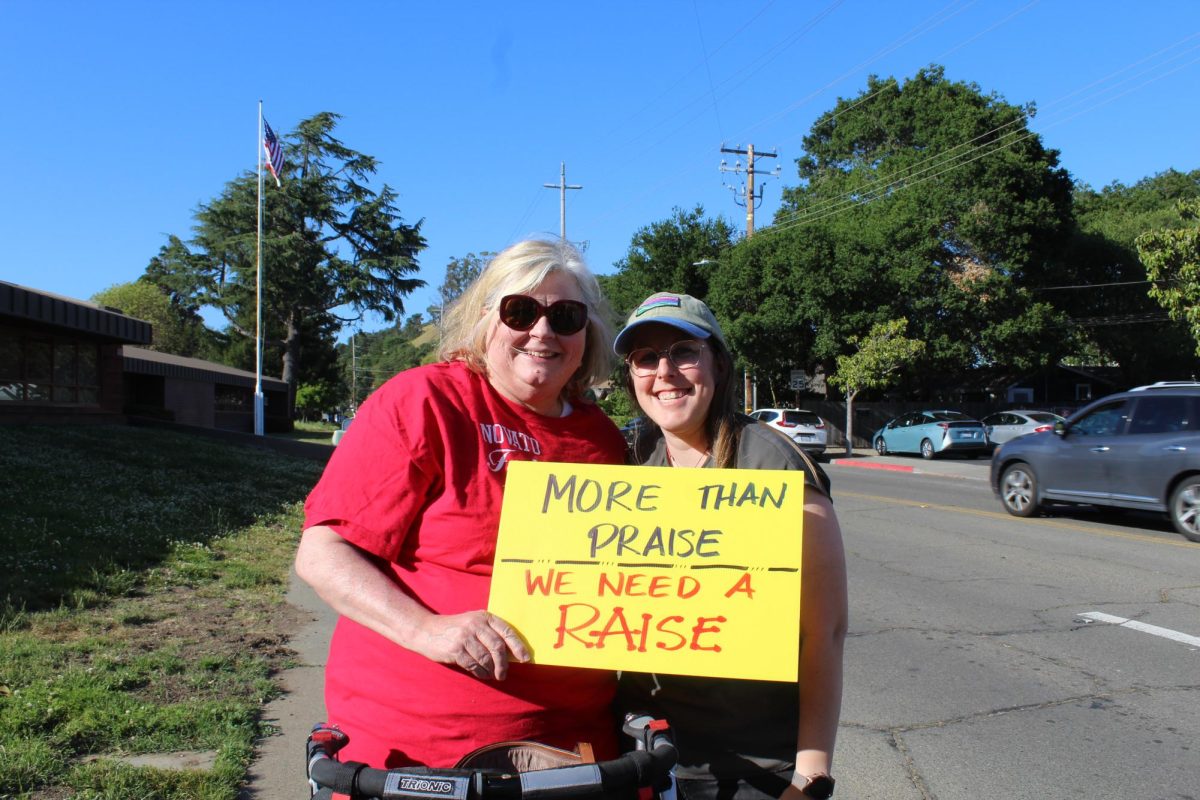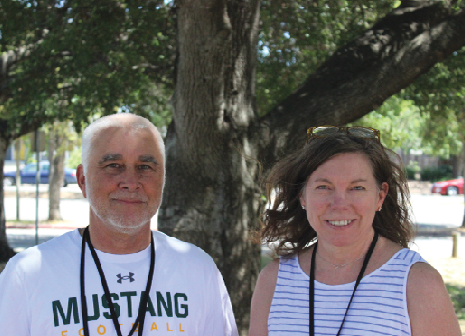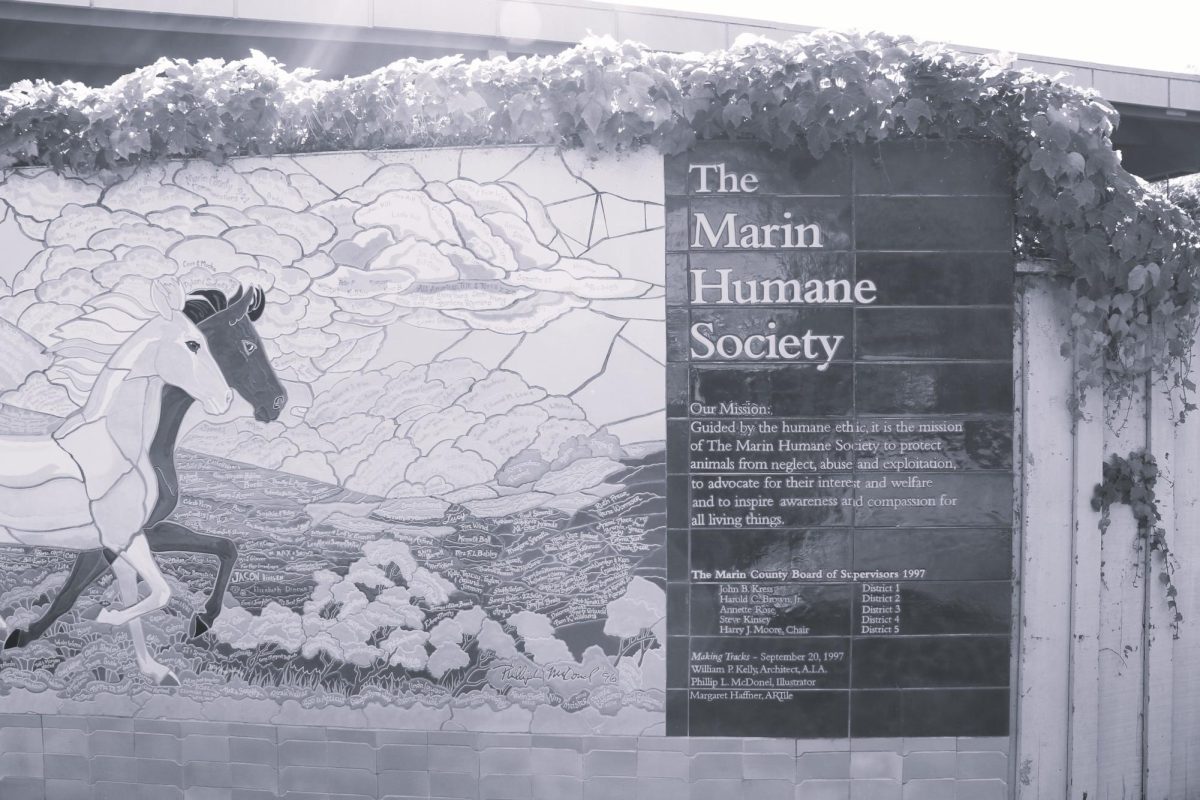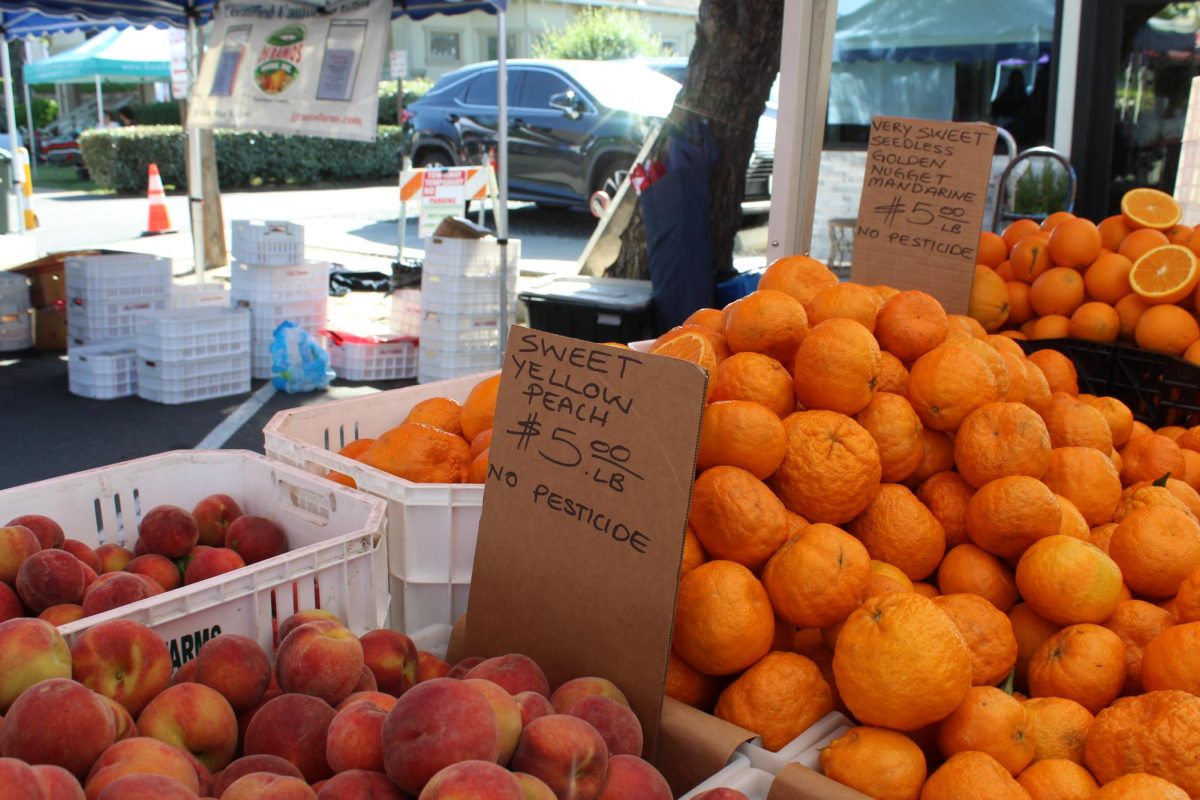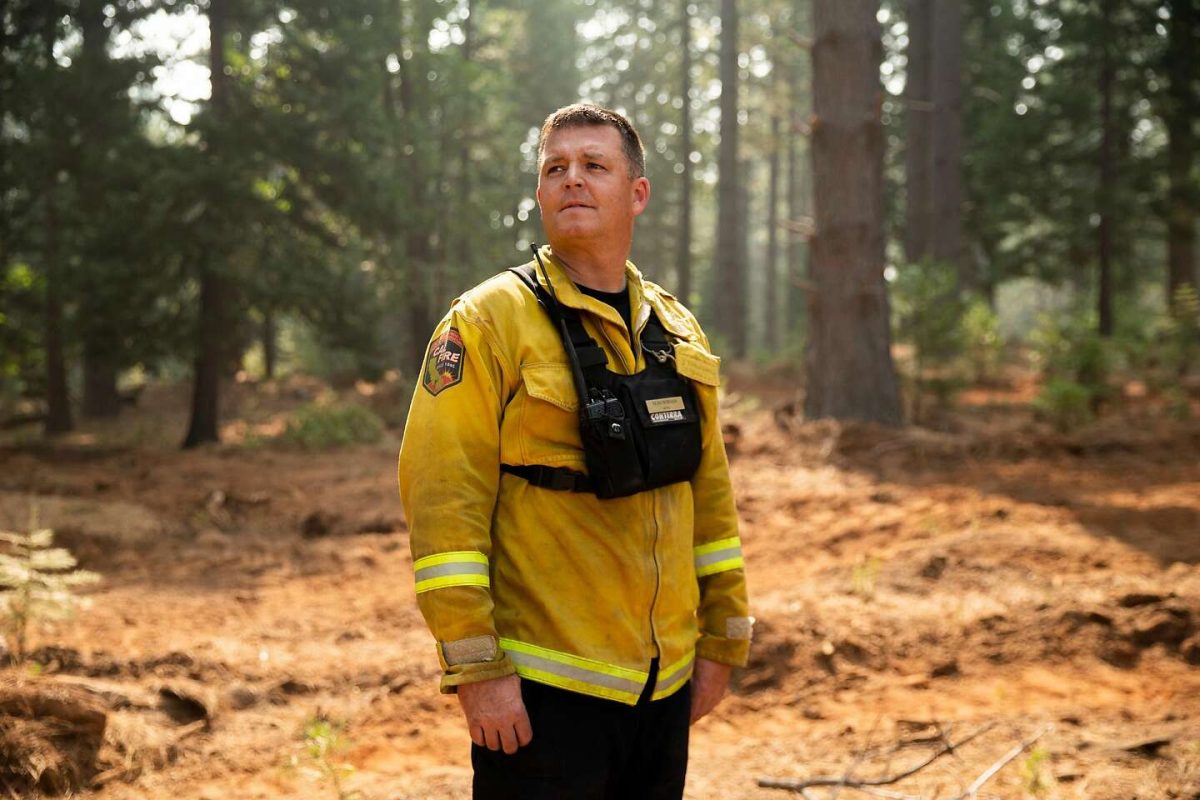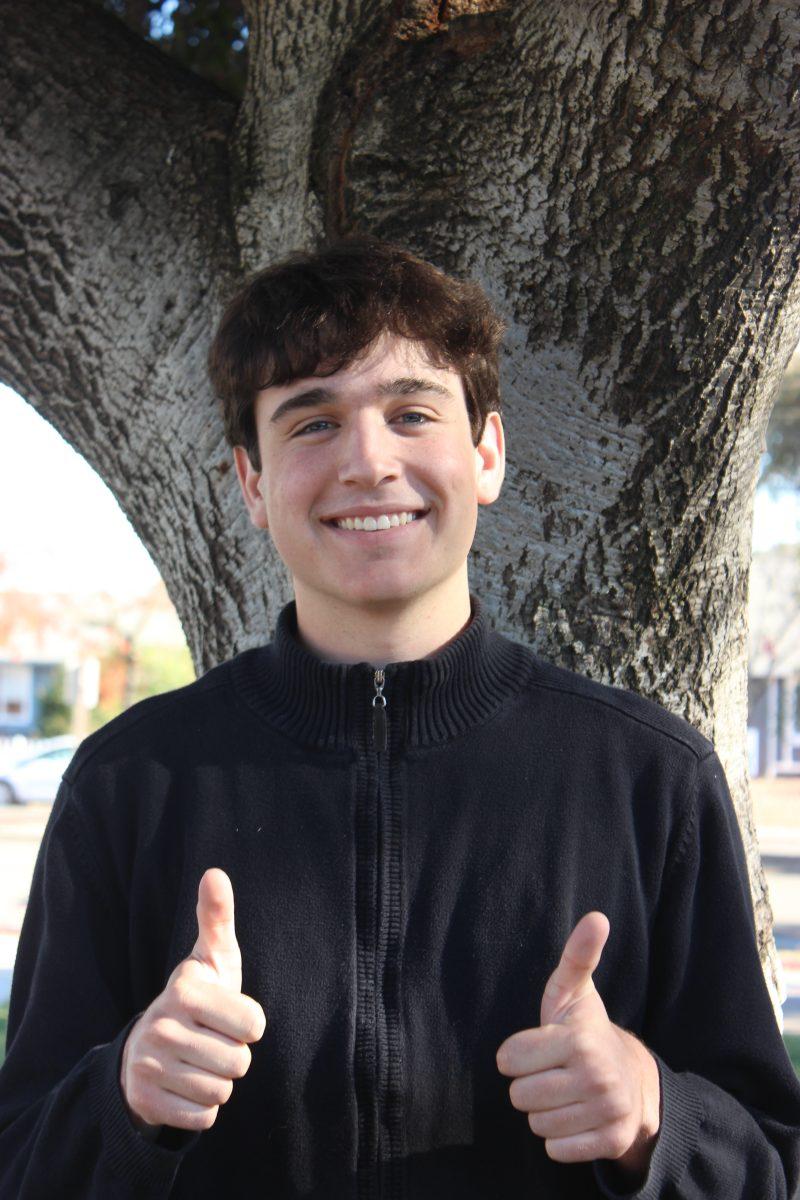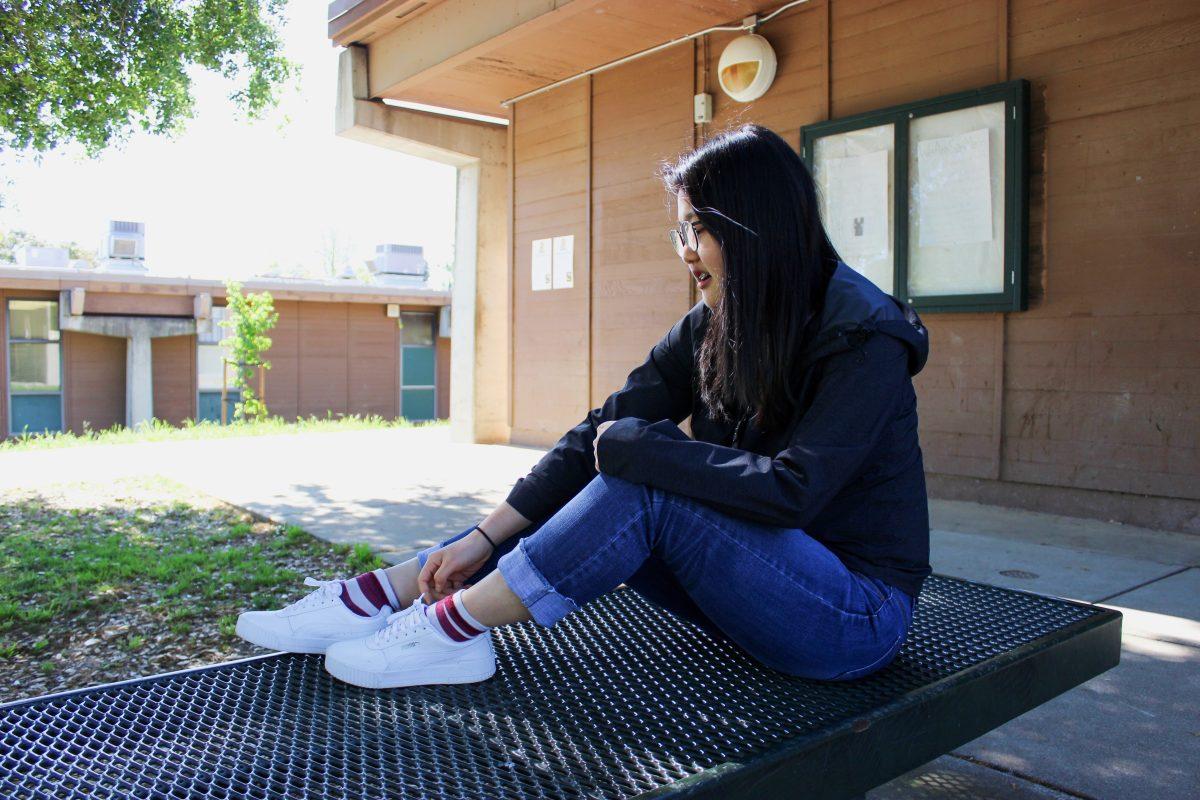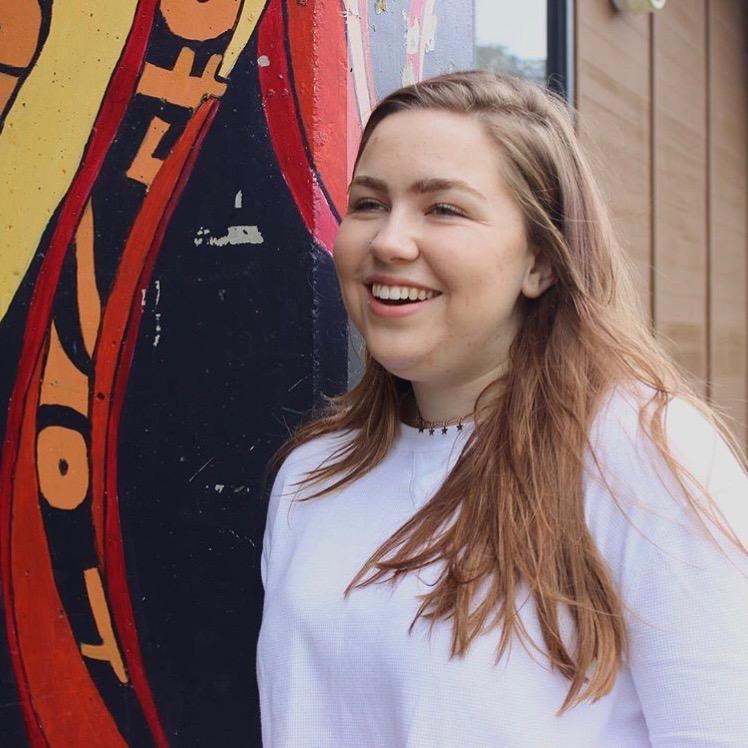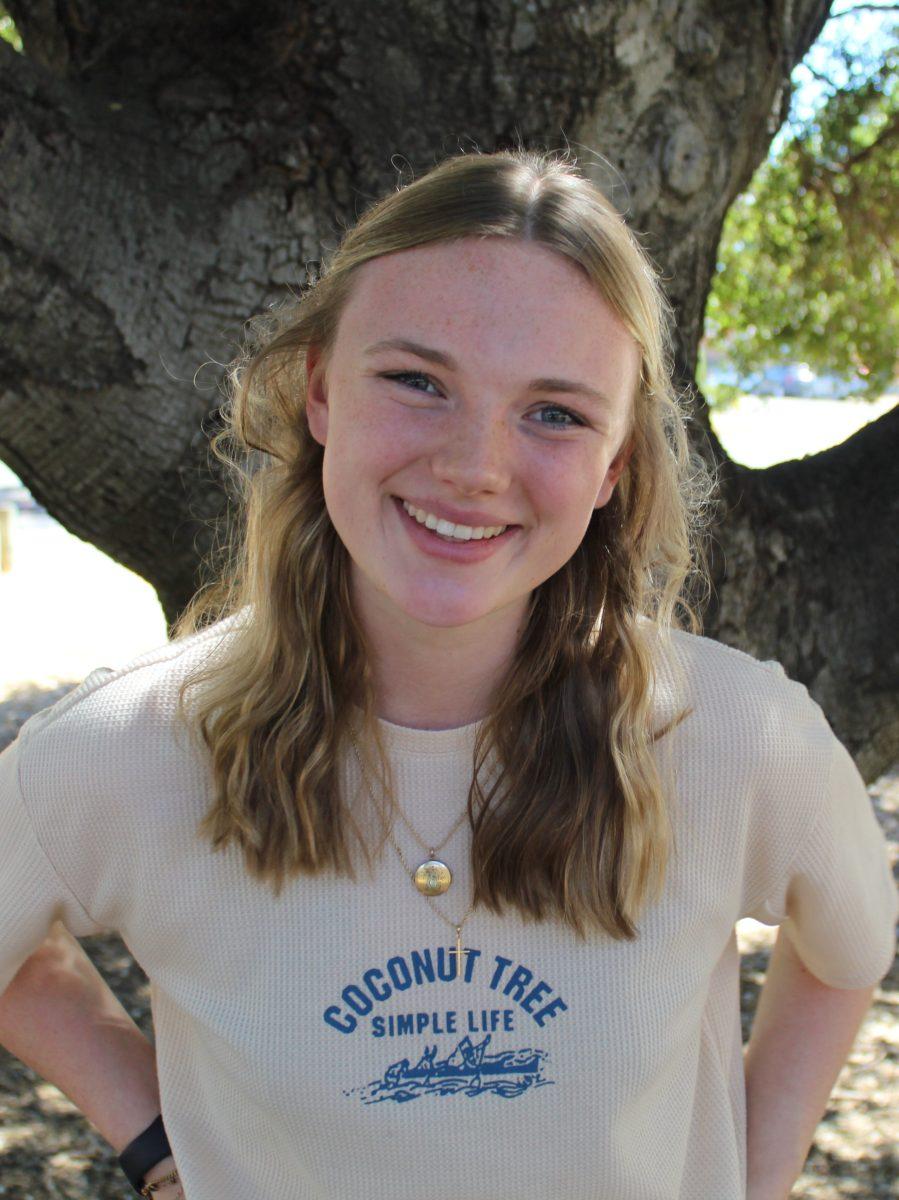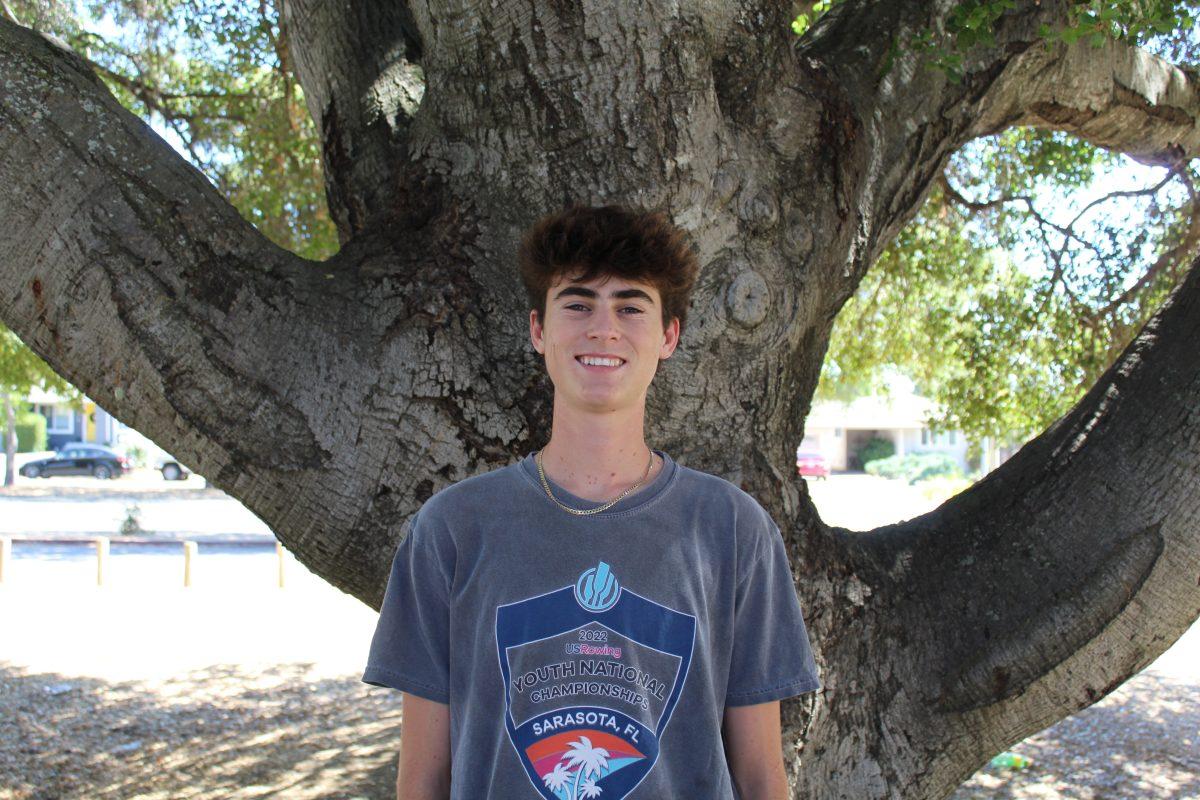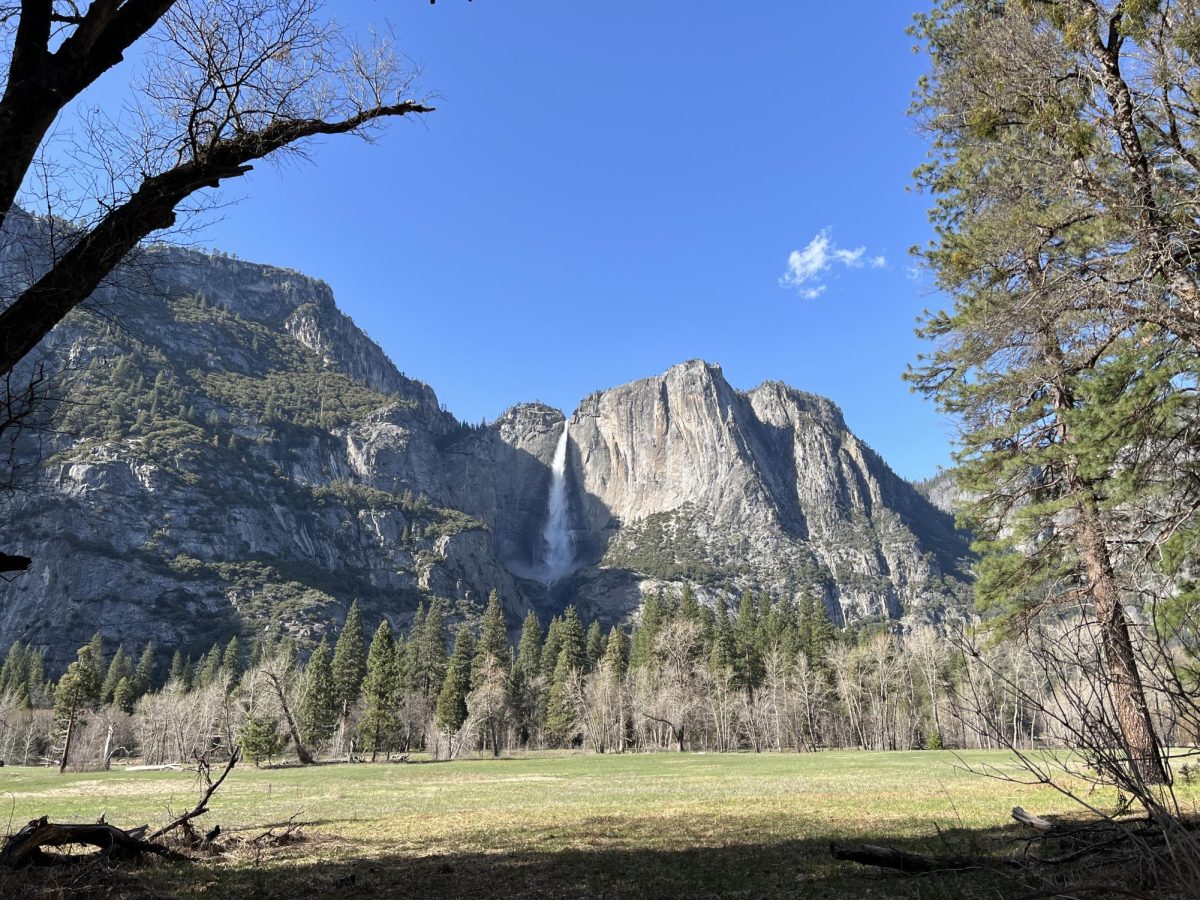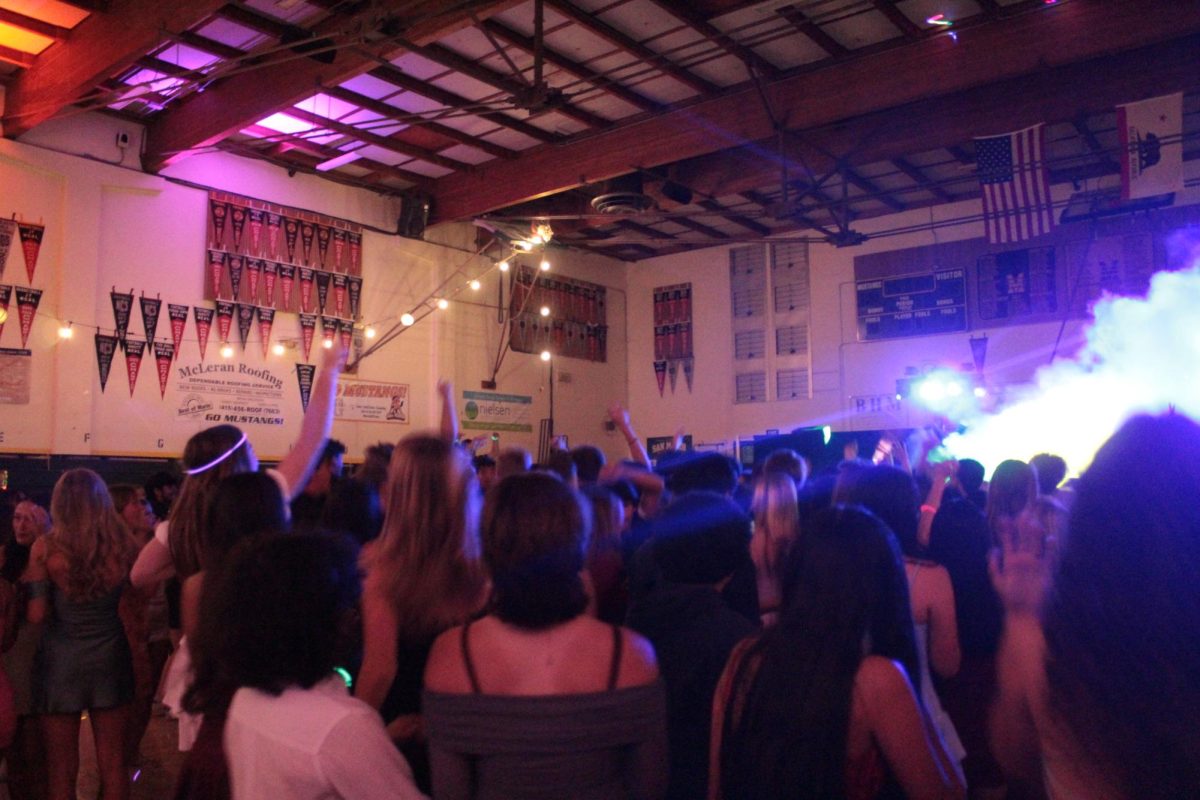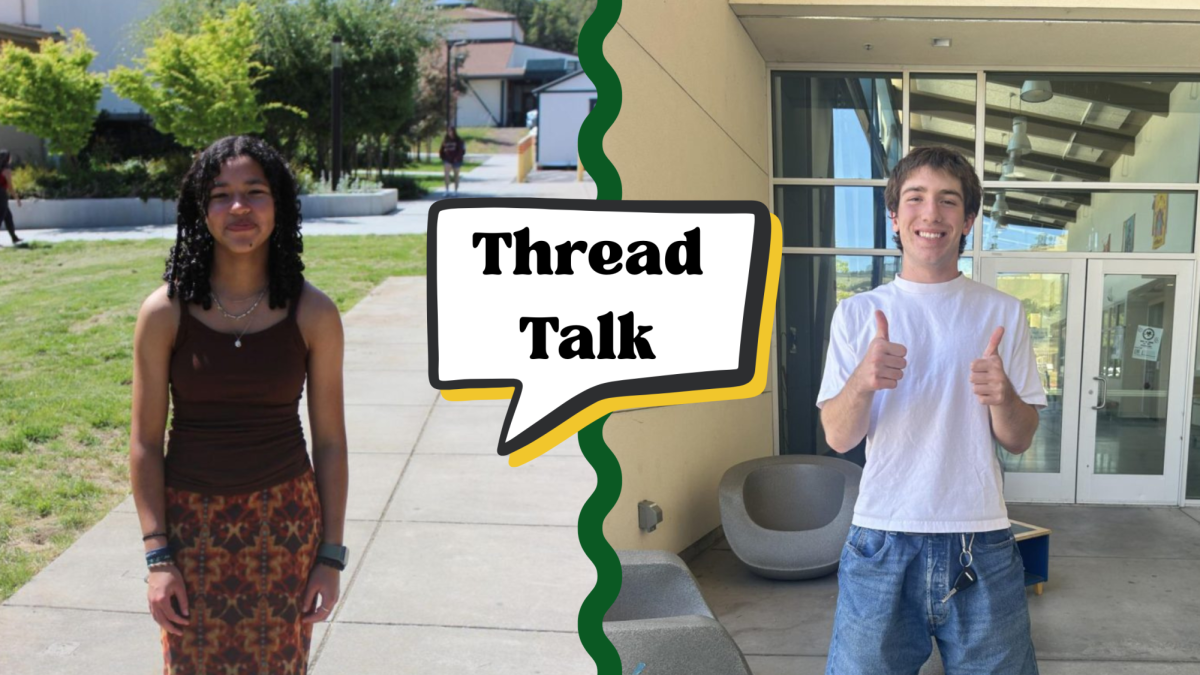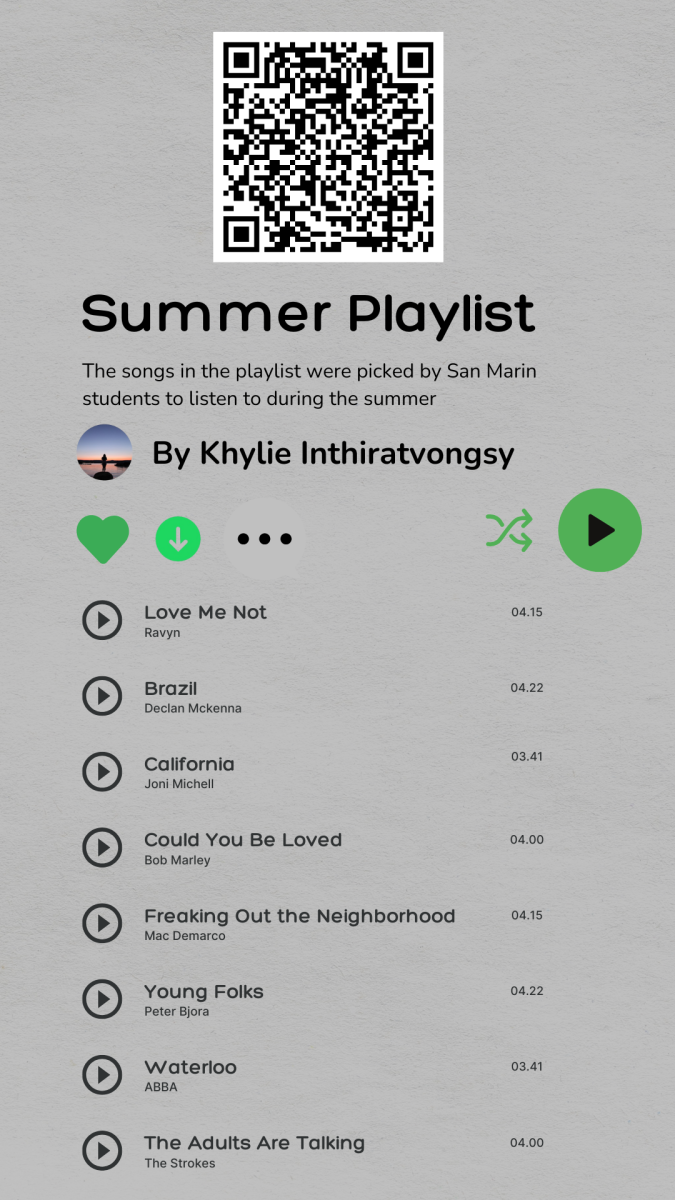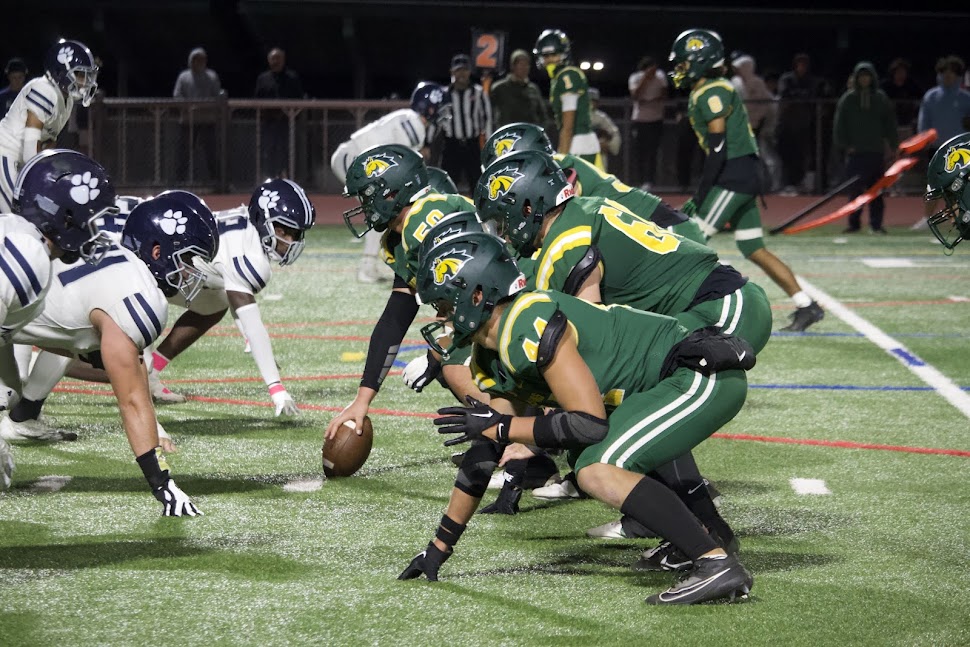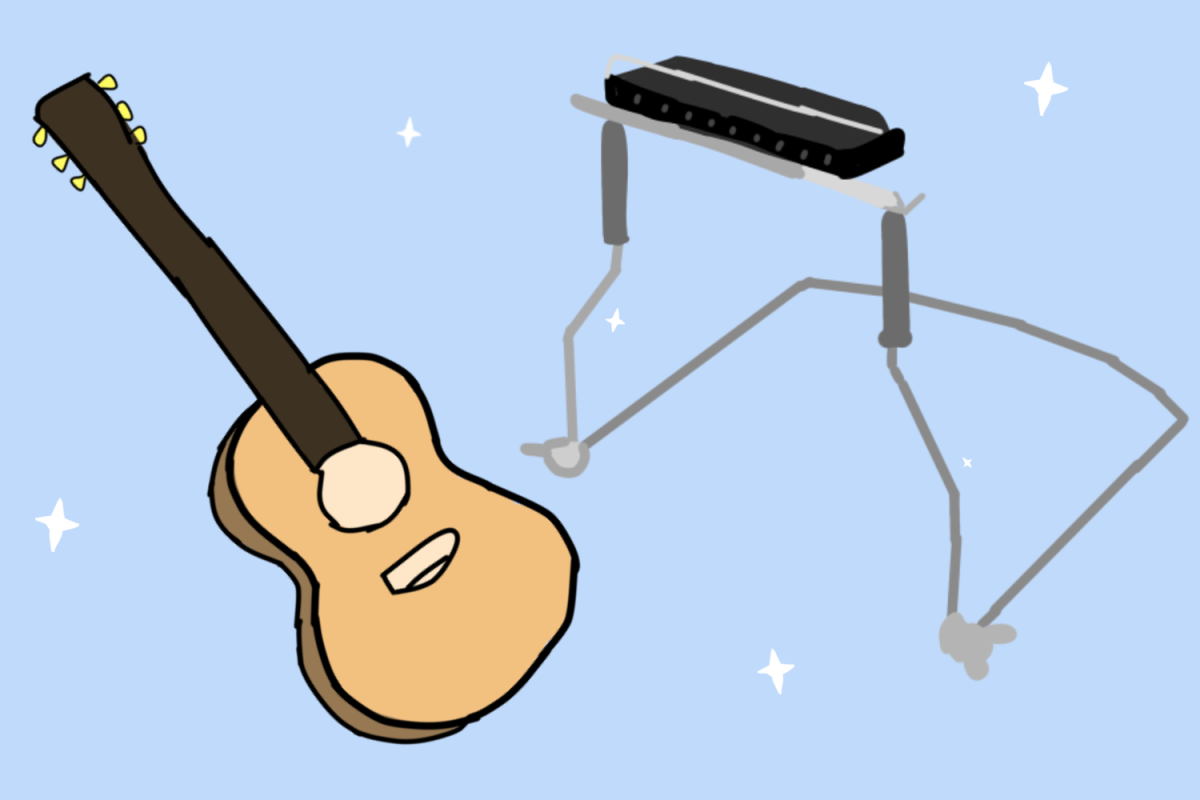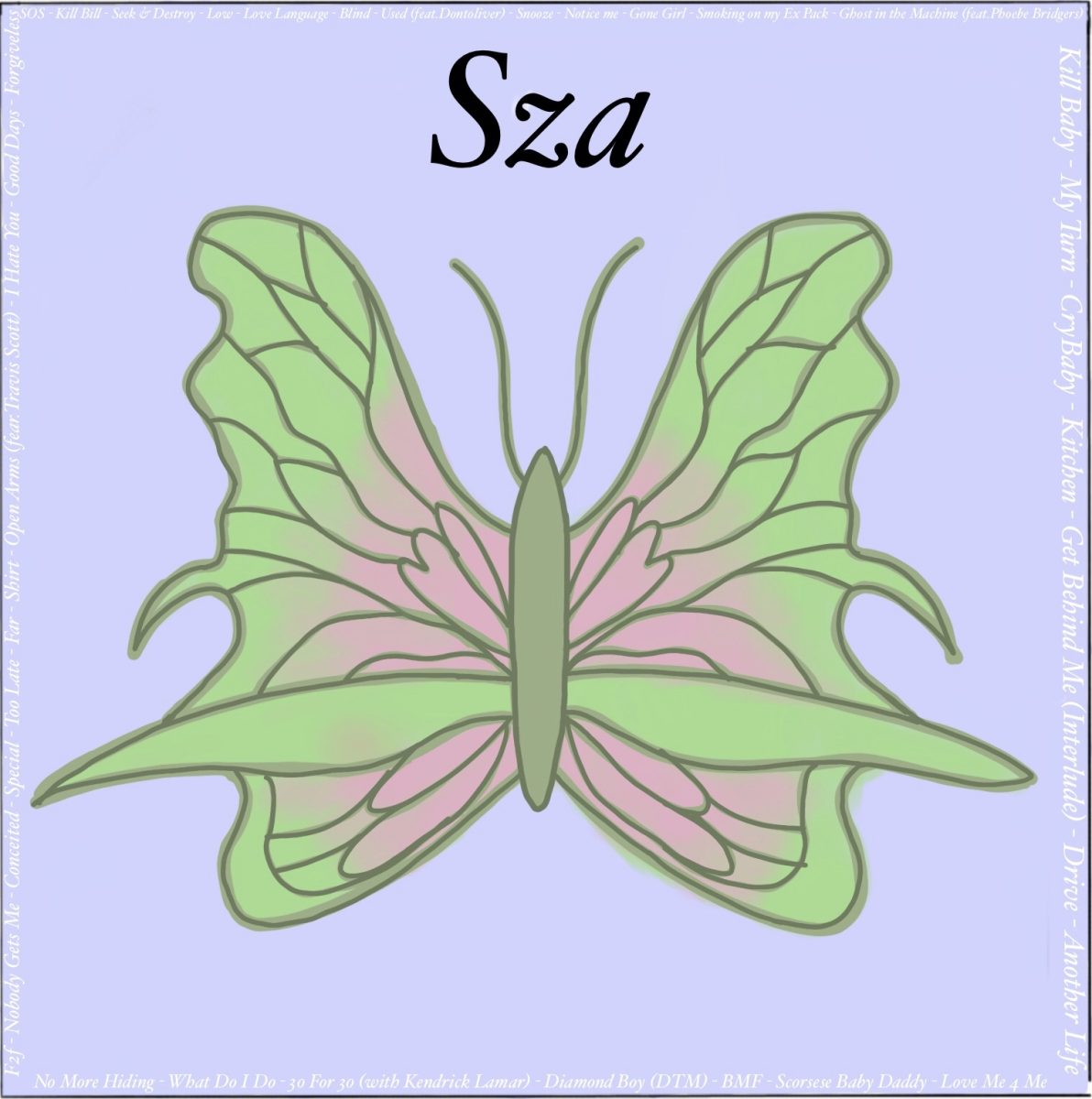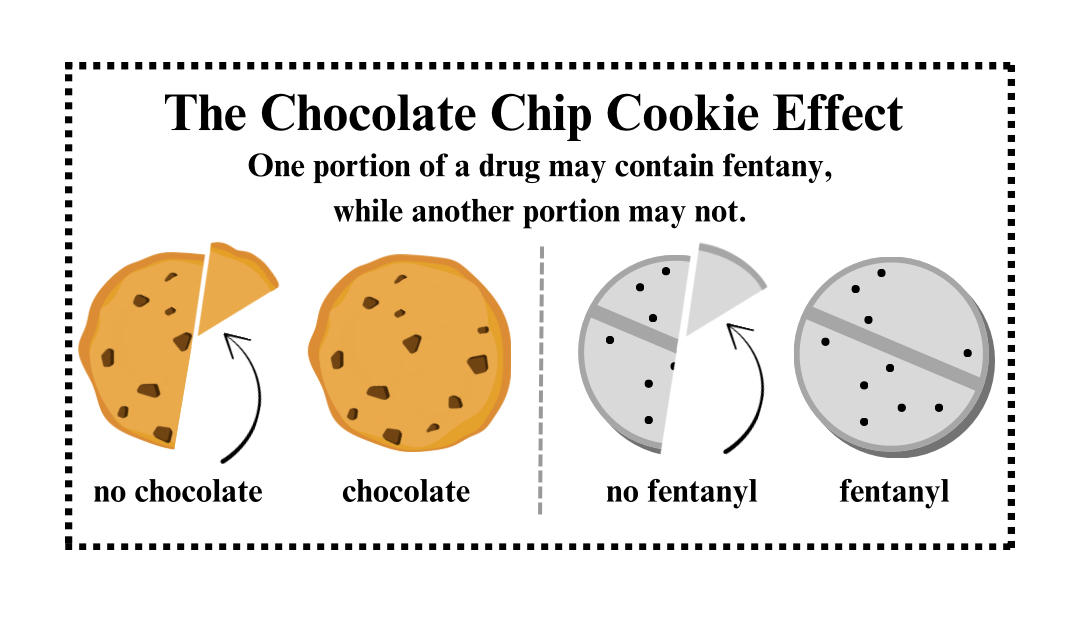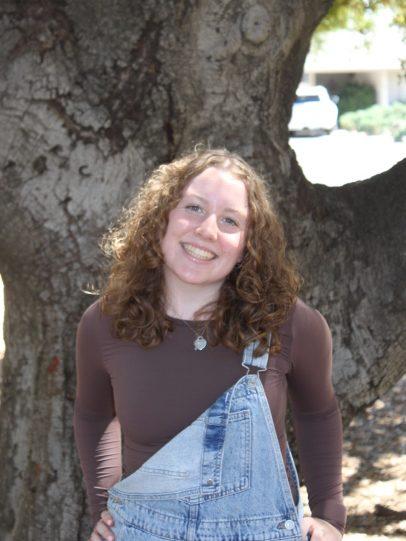On Feb. 22, 2025, Gia Walsh and Logan Camp were found unresponsive due to a fentanyl overdose in a Santa Rosa home.
16-year-old Walsh attended Santa Rosa High School, and her boyfriend, 18-year-old Camp, attended Montgomery High School. Two other unnamed girls, ages 14 and 16, were hospitalized early in the morning on Feb. 23 due to overdoses. Detectives believe that all four students bought fentanyl-laced cocaine from the same drug dealer. This tragedy has shaken the communities at both schools.
“[Logan] was a friend who had been in multiple of my classes over the years. Logan was a very nice guy that always made other people feel better when they were having a bad day,” Montgomery senior Hunter Ellisen said. “I felt horrible about what happened and couldn’t really understand that he was gone just like that.”
Fentanyl, one of the leading causes of fatal overdoses, was introduced in the 1960s as an intravenous anesthetic. Fentanyl is up to 50 times stronger than heroin and 100 times stronger than morphine. When mixed with other drugs, fentanyl cannot be detected through sight, smell, or taste. A drug user who has not been exposed to fentanyl can overdose from just two milligrams.
These deaths have sparked discussion over drug usage in high school students.
“I feel there has been a rise in degeneracy in schools with how easy it is to get drugs nowadays,” Ellisen said. “It’s not a good thing that anyone can access drugs.”
Santa Rosa High School freshman Elias Cazares agrees that there has been a rise in teenage drug use.
“I see pictures of people from school smoking and doing drugs on Instagram. It definitely has to do with trends,” Cazares said.
Cazares says the school was quieter in the week following Walsh’s death.
“I didn’t knowingly talk to her [Walsh], but I most definitely have walked past her in the hallways and that feeling is eerie,” Cazares said.
For teenagers, the effects of drugs are prominent. Since the teenage brain is still developing, using substances that rewire the brain and overload reward circuits leads to substance dependency throughout life, making it hard to stop using drugs.
The most life-saving tool for opioid overdoses is naloxone, better known by its brand name NARCAN, a nasal spray that works by reversing the effects of an opioid overdose. It can be purchased at CVS for $45 and can be found for free in San Marin’s front office. In some cases, NARCAN can be found for free in a clinic.
Cazares reminds those who are scared of the stigma surrounding drug addiction that it’s important to reach out.
“There is a lot of stigma around reaching out for help because of the horrible things people say and think about others on substances—and also the fear of getting in trouble,” Cazares said.
Where to find help:
Wellness Hub: available for students who need resources for their journey to sobriety
OD Free Marin: offers a wide range of resources and community events.
